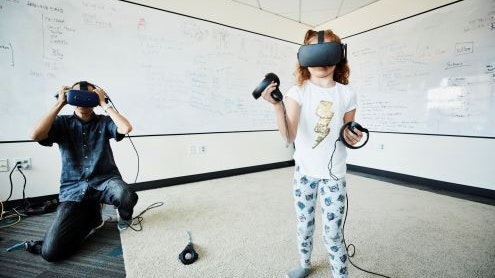Homepage
•
Learning Library
•
Blog
•
Augmented reality can help autistic students with social-emotional learning
Expand breadcrumbs
Expand breadcrumbs
- Learning Library
- Blog
- Augmented reality can help autistic students with social-emotional learning
- Homepage
- •
- Learning Library
- •
- Blog
- •
- Augmented reality can help autistic students with social-emotional learning
Augmented reality can help autistic students with social-emotional learning
By Jerry Fingal
November 4, 2019








